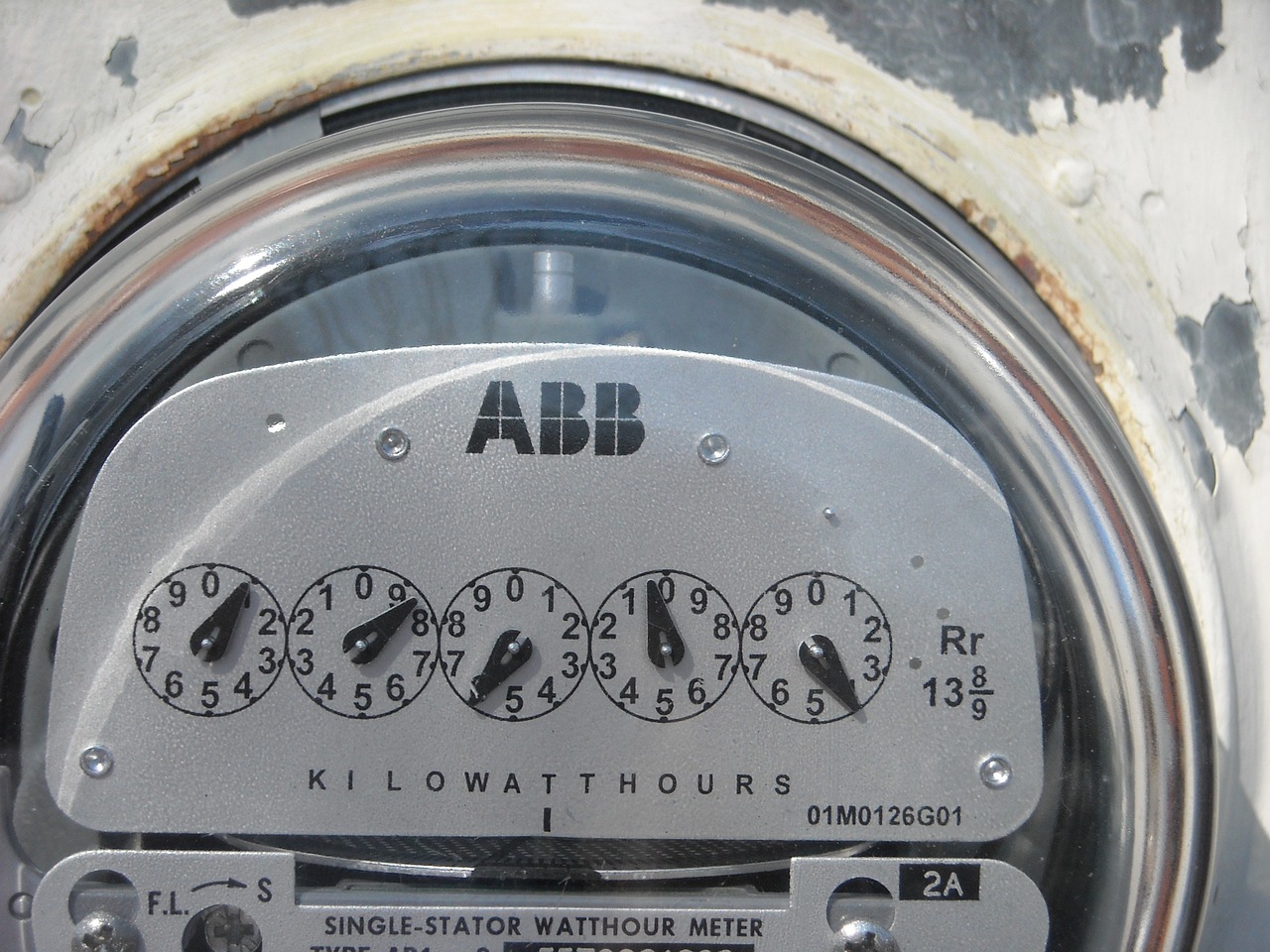PLC Interface Controllers: A Comprehensive Guide
This comprehensive guide provides a detailed understanding of PLC interface controllers, including their definition, types, and applications. It explains the role of PLC interface controllers in various industries and how they help to enhance the performance of programmable logic controllers (PLCs). The guide also discusses the important considerations when selecting PLC interface controllers, such as compatibility, performance, and cost. Additionally, it provides helpful information on troubleshooting and maintenance to ensure the reliable operation of PLC interface controllers.
In this article, we will explore the world of PLC interface controllers, providing a comprehensive understanding of their role, types, and applications. From simple I/O devices to complex communication interfaces, these controllers play a crucial role in connecting PLCs to the outside world.
What is a PLC Interface Controller?

PLC (Programmable Logic Controller) interface controllers are devices that facilitate the connection of PLCs to various peripherals and sensors. They act as a bridge between the PLC and the real world, processing and managing the data that flows between them. PLC interface controllers can handle both digital and analog signals, making them versatile tools for industrial automation applications.
Types of PLC Interface Controllers
There are several types of PLC interface controllers available, each designed to handle specific tasks and connect to specific devices. Common types include:
1、Basic I/O Devices: These controllers provide simple input/output functionality, connecting sensors and actuators to the PLC. They typically have a limited number of ports and support basic signal processing.
2、Advanced I/O Devices: These controllers offer more advanced features, such as signal amplification, filtering, and processing capabilities. They can handle complex signals from sensors and provide smooth control of actuators.
3、Communication Interfaces: These controllers establish a connection between the PLC and other devices, such as computers, printers, or other PLCs. They handle data transmission and reception, providing a reliable means of communication between devices.
4、Specialty Controllers: These controllers are designed to handle specific applications or tasks, such as temperature control, pressure regulation, or flow measurement. They may have specialized ports or support specific protocols for communication.
Applications of PLC Interface Controllers
PLC interface controllers have numerous applications in industrial automation, including:
1、Manufacturing Processes: In manufacturing, PLC interface controllers are used to connect sensors and actuators to the PLC, monitoring and controlling processes such as assembly, machining, and packaging.
2、Process Control: These controllers are essential in process control systems, where they help monitor and regulate processes such as temperature, pressure, and flow to ensure optimal performance and safety.
3、Automation Systems: In automation systems, PLC interface controllers are used to integrate sensors, actuators, and other devices to automate repetitive tasks or processes. This helps enhance productivity and reduce errors in manufacturing and processing industries.
4、Communication Interfaces: PLC interface controllers also serve as communication interfaces between PLCs and other devices such as computers or printers. This allows for data transmission and reception between systems, facilitating monitoring, programming, and troubleshooting tasks.
Conclusion
PLC interface controllers are crucial components in industrial automation systems, providing the necessary connections between PLCs and their peripherals. Understanding their role, types, and applications is essential for effective integration and management of these devices in industrial systems.
Articles related to the knowledge points of this article:
PLC Controller Replacement with Relays
PLC Controllers in Dongguan Tunnels: Key Infrastructure for Modern Transportation Systems